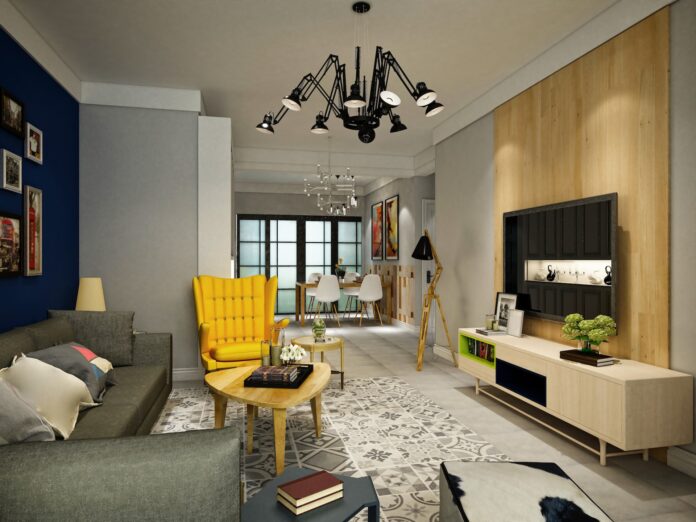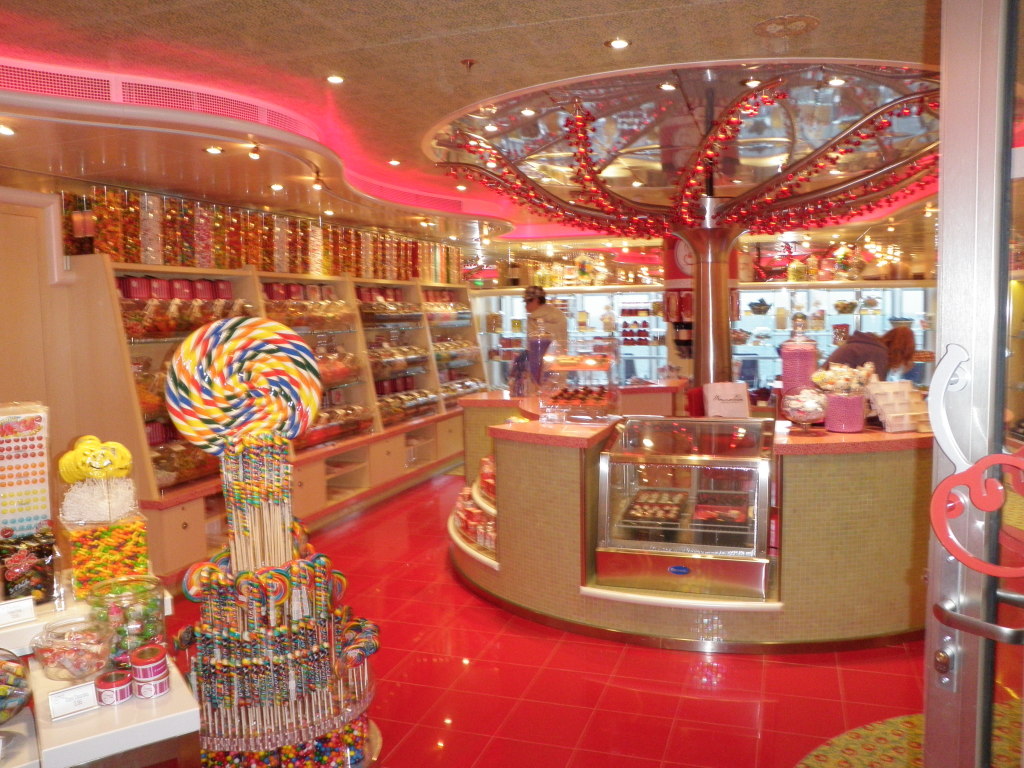Lighting plays a crucial role in creating the ambience and functionality of your home. Outdated or inefficient lighting can make a space feel dull, uncomfortable and uninviting. To enhance the aesthetic appeal and practicality of your living spaces, it’s essential to consider updating your home’s lighting. This guide will help you navigate the process of modernising your lighting design to create a more comfortable and visually appealing home.
Assess Your Current Lighting
Before diving into any lighting updates, assessing your current lighting situation is essential. Take a walk through your home and evaluate the existing fixtures, bulbs and their locations. Consider the following factors:
- The type of lighting (ambient, task or accent) in each room.
- The brightness and colour temperature of the bulbs.
- The age and condition of fixtures and bulbs.
- Any specific areas that require better lighting for tasks or activities.
- The overall style and design of your lighting fixtures.
Create a Lighting Plan
Once you’ve assessed your existing lighting, create a lighting plan for each room. Consider the purpose of the space, your aesthetic preferences and any specific lighting needs. Think about whether you want to achieve a cosy, warm ambiance or a bright, energetic atmosphere. A well-thought-out lighting plan should include the following elements:
- Fixture types (chandeliers, pendants, wall sconces, recessed lights, floor lamps, etc.).
- Fixture placement and layout.
- Light sources (incandescent, LED, fluorescent, etc.).
- Dimming options to adjust light levels as needed.
- Smart lighting controls for added convenience and energy efficiency.
Update Fixtures
Once you have a lighting plan in place, consider updating your fixtures. The style and design of fixtures have a significant impact on the overall look of a room. Modern fixtures not only improve aesthetics but also provide opportunities to incorporate energy-efficient lighting technologies. For example, LED fixtures are a popular choice due to their energy efficiency and longevity.
Choose the Right Bulbs
Selecting the right bulbs is crucial for achieving the desired ambiance and energy efficiency. LED bulbs are a top choice for most applications because they are long-lasting and use significantly less energy than traditional incandescent bulbs. Additionally, LED bulbs come in a variety of colour temperatures, allowing you to create warm or cool lighting effects according to your preference.
Layer Your Lighting
Creating layers of light in a room is an effective way to enhance its functionality and atmosphere. Combine ambient lighting with task and accent lighting to achieve a balanced lighting design. For example, in a living room, you can use a combination of recessed lights for general illumination, table lamps for reading or task lighting and wall sconces to highlight artwork or architectural features.
Install Dimmer Switches
Dimmer switches are a valuable addition to your home’s lighting system. They allow you to adjust the light levels to suit different activities and moods. Installing dimmer switches is a relatively simple DIY project that can instantly make your home’s lighting more versatile and energy-efficient. You can buy quality switches from online electrical wholesalers.
Embrace Smart Lighting
Smart lighting systems have gained popularity in recent years. They offer the convenience of controlling your lights remotely through a smartphone or voice commands. You can program lighting schedules, change colours, and even set up lighting scenes to match different occasions. Smart lighting not only adds a high-tech touch to your home but also helps conserve energy by allowing you to turn off lights when not in use easily.





























